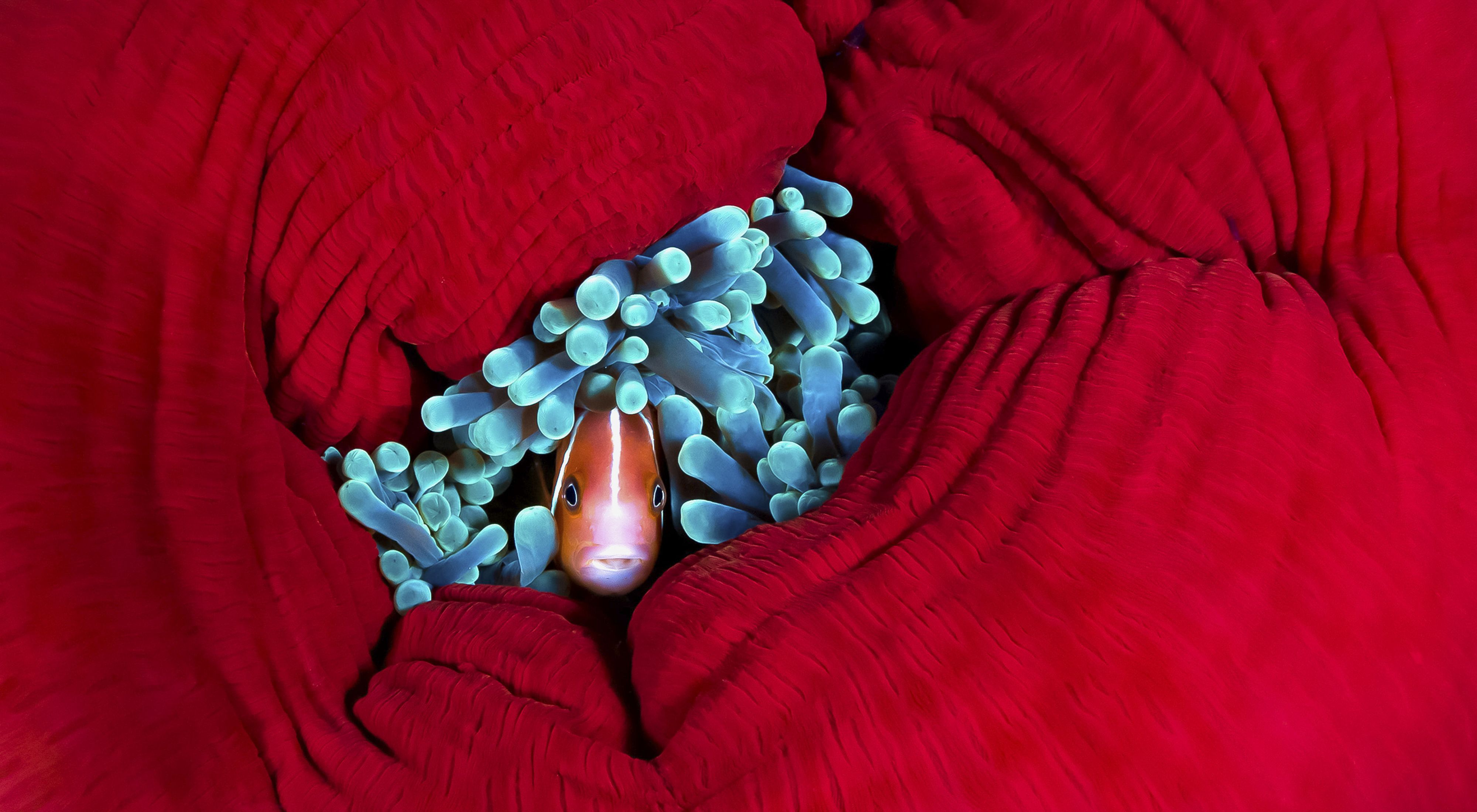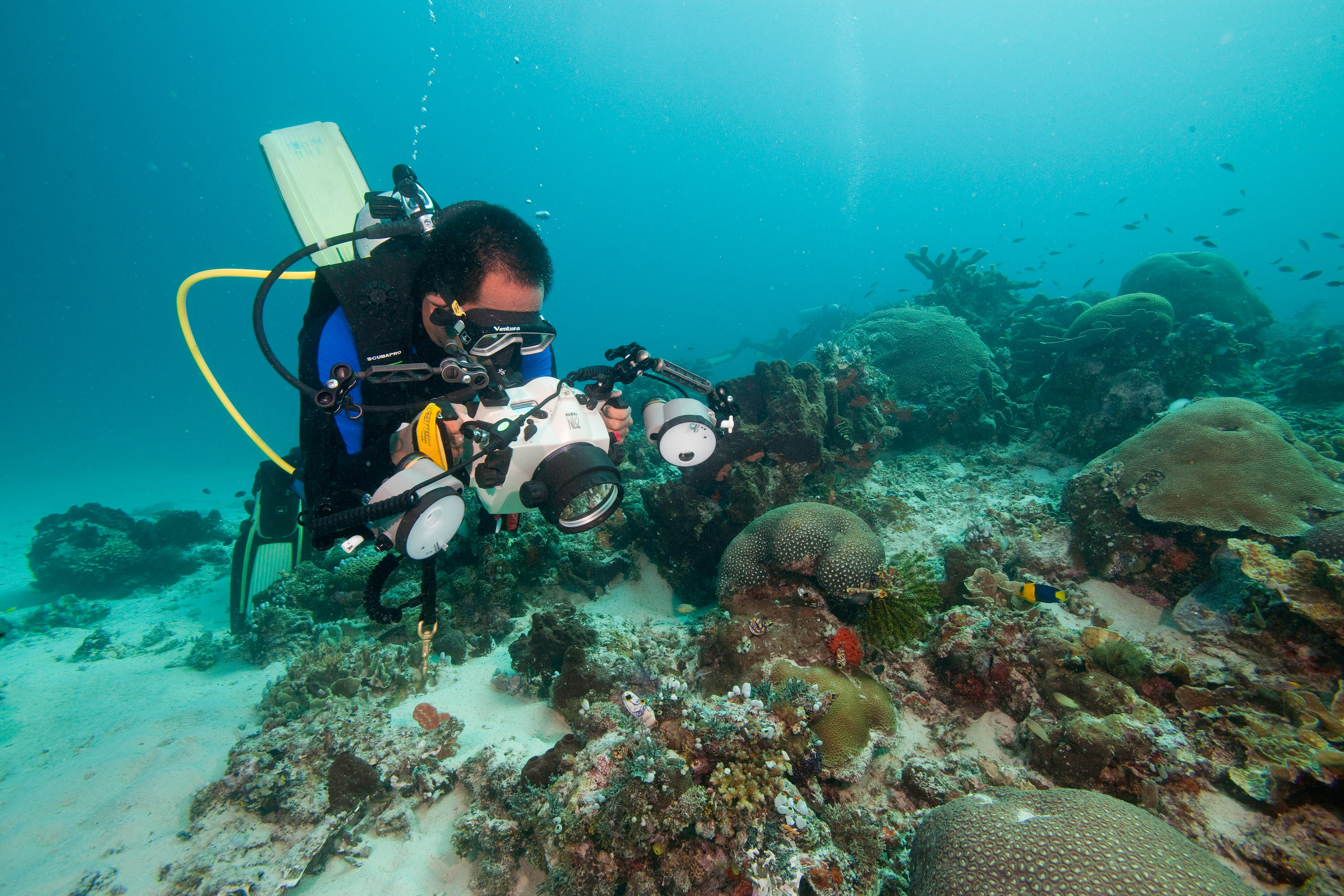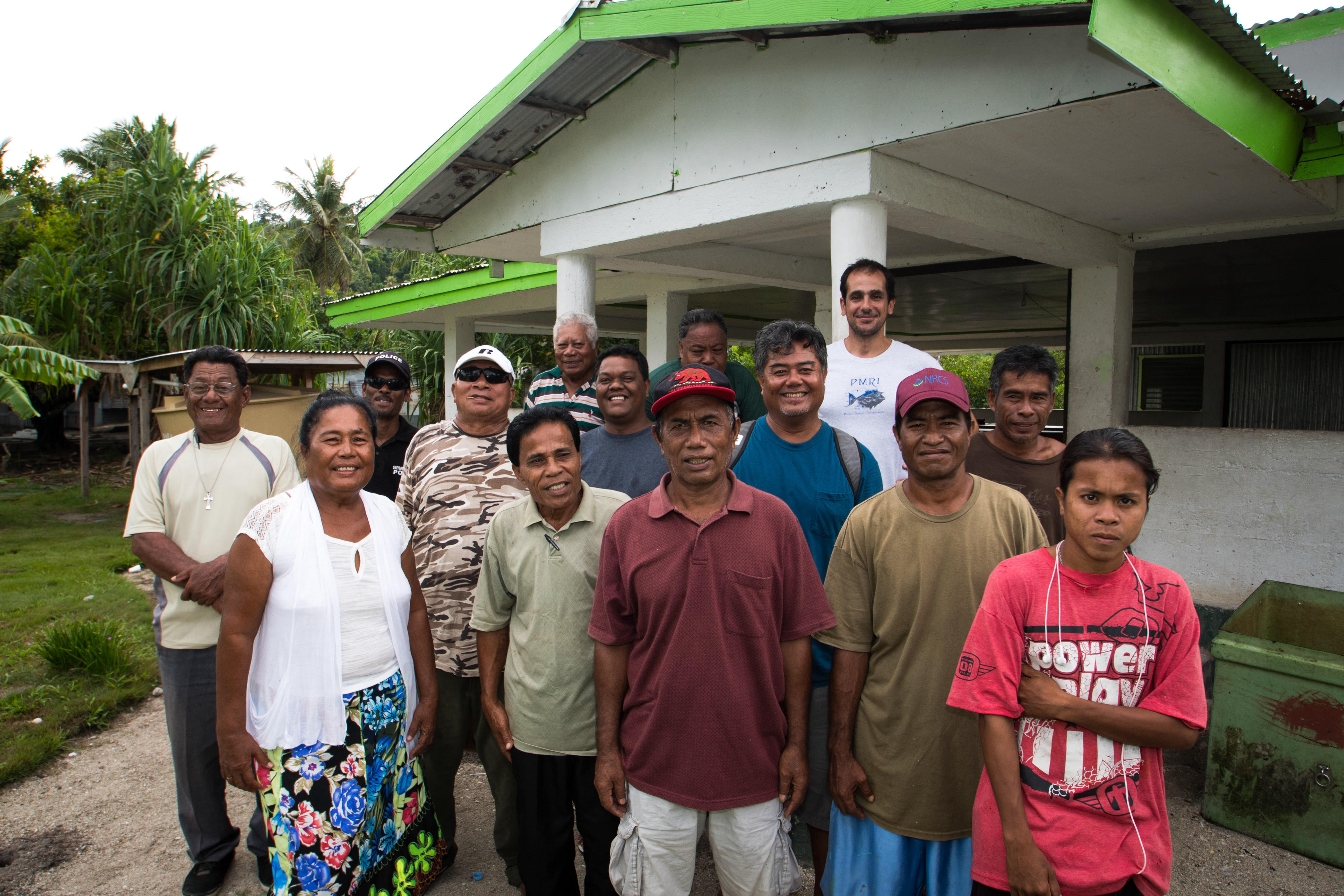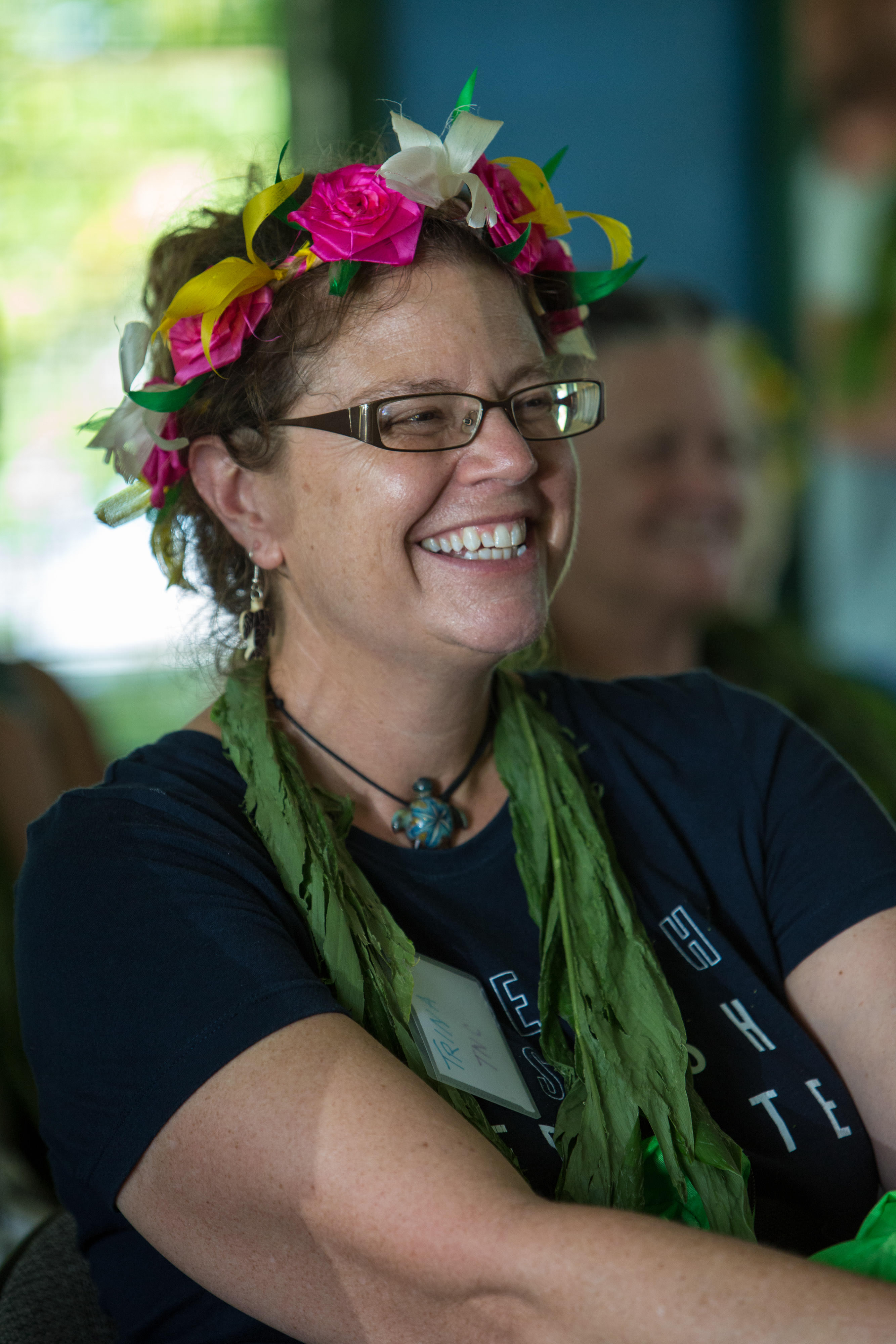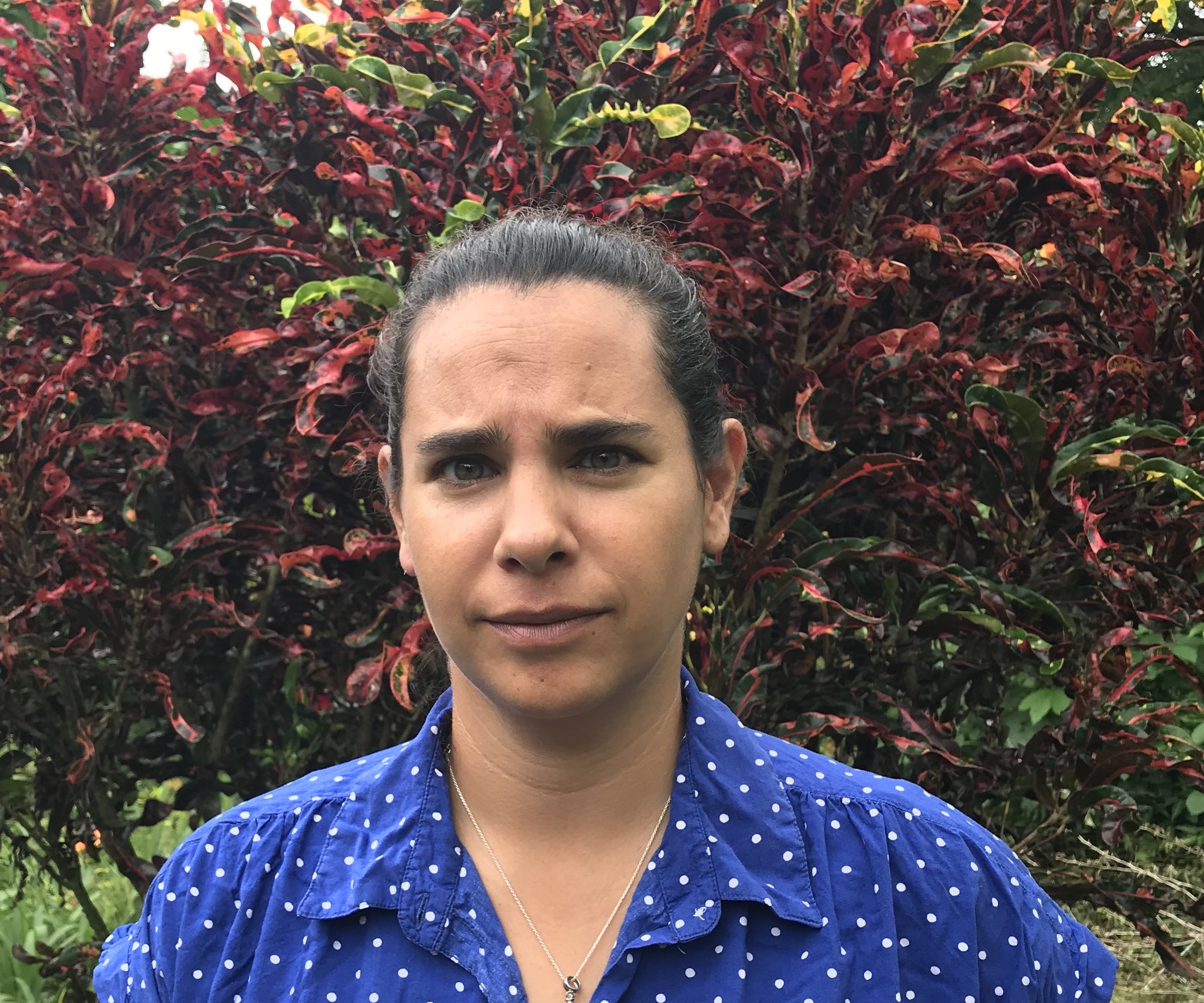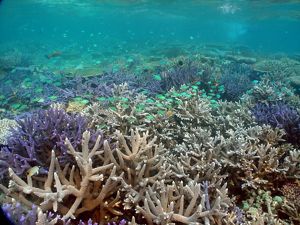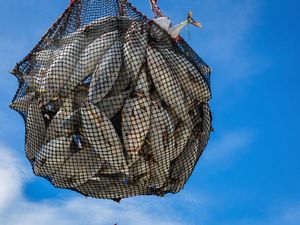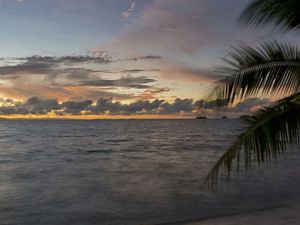Stories in Micronesia & Polynesia
Our Priorities for a Resilient Pacific
Micronesia, French Polynesia and American Samoa
From volcanic mountain summits to turquoise waters and vibrant coral reefs, Micronesia and Polynesia are home to some of the most beautiful and bountiful ecosystems in the world.
The oceans and landscapes where our team works in Micronesia and Polynesia support over 800,000 people, 12 languages, more than 480 species of coral, over 1,300 species of reef fish and up to 30% of the world’s tuna supply.
Life here is rapidly shifting. Increased global demand for resources like tuna, climate change, expanding development and destructive harvesting techniques have resulted in habitat loss, overfishing, sedimentation and the introduction of damaging invasive species. While many of these problems originate far away, Pacific Island communities and governments must deal with the consequences.
Our Work in this Region Supports
By the Numbers
-
800k+
People
-
480+
Species of coral
-
1,300+
Species of reef fish
-
>30%
Of the world's tuna supply
TNC has been working alongside Micronesian communities and governments for over 30 years to support them in their efforts to protect, restore and sustainably manage their valuable resources and biodiversity. More recently, our team has expanded projects in French Polynesia and American Samoa to build local community capacity to effectively manage coastal fisheries, coral reefs and marine protected areas.
Together, we are charting a course to a more sustainable, resilient and biodiverse future.
Where We Work
The small volcanic islands and coral atolls of Micronesia and Polynesia are made up of mountain peaks, river valleys, thick forests, lush mangroves, protected lagoons and deep blue pelagic waters. Together, their footprint spans 11.5 million square kilometers and makes up almost 7% of the entire Pacific Ocean, an area roughly the size of Europe.
- In Micronesia, TNC works in the Republic of Palau, the Federated States of Micronesia, U.S. Territories of Guam, the Commonwealth of the Northern Mariana Islands and the Republic of the Marshall Islands.
- In Polynesia, our chapter has recently initiated projects in French Polynesia and American Samoa; TNC has other chapters dedicated to work in New Zealand and Hawaiʻi and Palmyra.
TNC engages at three levels to help advance conservation and support local communities:
At the community or local government level to strengthen a community’s ability to effectively manage their natural resources, build livelihoods based on sustainable resource management and shape climate-informed decision-making.
At the national level, which includes territory governments, we support conservation management planning and policy and regulatory frameworks.
At the regional level, we work through partnerships, councils and commitments across the Pacific Islands.
Our Approach
TNC’s framework for conservation is to help identify how nature can play a meaningful role in solving the problems facing communities and to make those solutions a reality. We work with our partners to reimagine the relationship between people and nature and to scale the positive impacts of our work.
Decades of experience have proven that nature and people can indeed thrive together.
Our Approach
Our Work
Across Micronesia and Polynesia, TNC supports communities and governments in their efforts to recover ocean health and build island resilience. We protect and restore nature, from mountain ridges to coral reefs to the open ocean.
To ensure this future, we have a plan to:
-
Many island communities say that fishing is a way of life. But unsustainable fishing practices coupled with a lack of data have created serious threats to livelihoods, global food security, ocean health and the economies of Pacific Island nations.
Working across both coastal and large-scale fisheries, TNC helps foster durable and sustainable co-management of Pacific fisheries and build solutions around alternative livelihoods when needed. Working with communities, fishers, governments and companies, we implement new technologies and sustainability strategies that safeguard this critical food source.
-
Coral reefs are a vital resource, critical for biodiversity, food sources and flood protection. But Pacific Island corals are at risk due to sedimentation, overfishing, coastal development and land clearing—and climate impacts like a warming ocean.
TNC works with communities to conduct trainings on reef monitoring and management to inform conservation plans. We are also advancing science to help identify climate-resilient “super reefs” and testing innovative new tools to accelerate and scale reef restoration. If science shows these super reefs are ecologically connected, we can incorporate them into Marine Protected Area networks to build resilience to climate change.
-
Protected areas are key to ensuring biodiversity. With that in mind, countries across the region developed the Micronesia Challenge, an initiative to protect 30% and effectively manage 50% of marine resources by 2030.
To make this vision a reality, conservation efforts need to incorporate both scientific learnings and the knowledge and experience of local communities. The environmental importance of protected areas must be balanced with the livelihoods that depend on these ecosystems. TNC supports communities in establishing and managing Marine Protected Areas and promotes alignment between communities and governments in establishing policy frameworks and finance mechanisms that ensure the long-term success of protected area networks.
-
Poorly planned development and land management have multiple consequences for people and nature, ranging from loss of terrestrial biodiversity and ecosystem services to degradation of water quality and reefs. TNC works to build resilience from “ridge to reef” by instituting policies and strategies that will prevent harm to watersheds and nearshore ecosystems and remedy the adverse effects of current and historical land use.
Together with partners, we work to provide technical support and analysis to help communities and land-use authorities assess tradeoffs among different buildout scenarios. We help them identify priority interventions—like reducing wastewater, eradicating invasives and restoring uplands—to reduce threats to the nearshore environment and water quality. TNC also helps create funding mechanisms to support cost-effective interventions with multiple benefits.
-
Across the Pacific Islands, people are suffering because of climate change. For example, Micronesia is losing land to sea level rise three times faster than the rest of the world. Healthy and resilient communities depend on their natural resources for sustainable livelihoods and food security. They also need strong frameworks to access government agencies and local NGOs with the funding and capacity to support them in managing their resources.
Throughout the region, TNC collaborates with communities and partners to provide technical support and share innovative conservation science and expertise that reinforce local traditions and customs, but which respectfully expand beyond historically limited gender roles. Together, we are building capacity to support conservation efforts across the region, generate sustainable livelihoods and help communities become more resilient in the face of climate change.
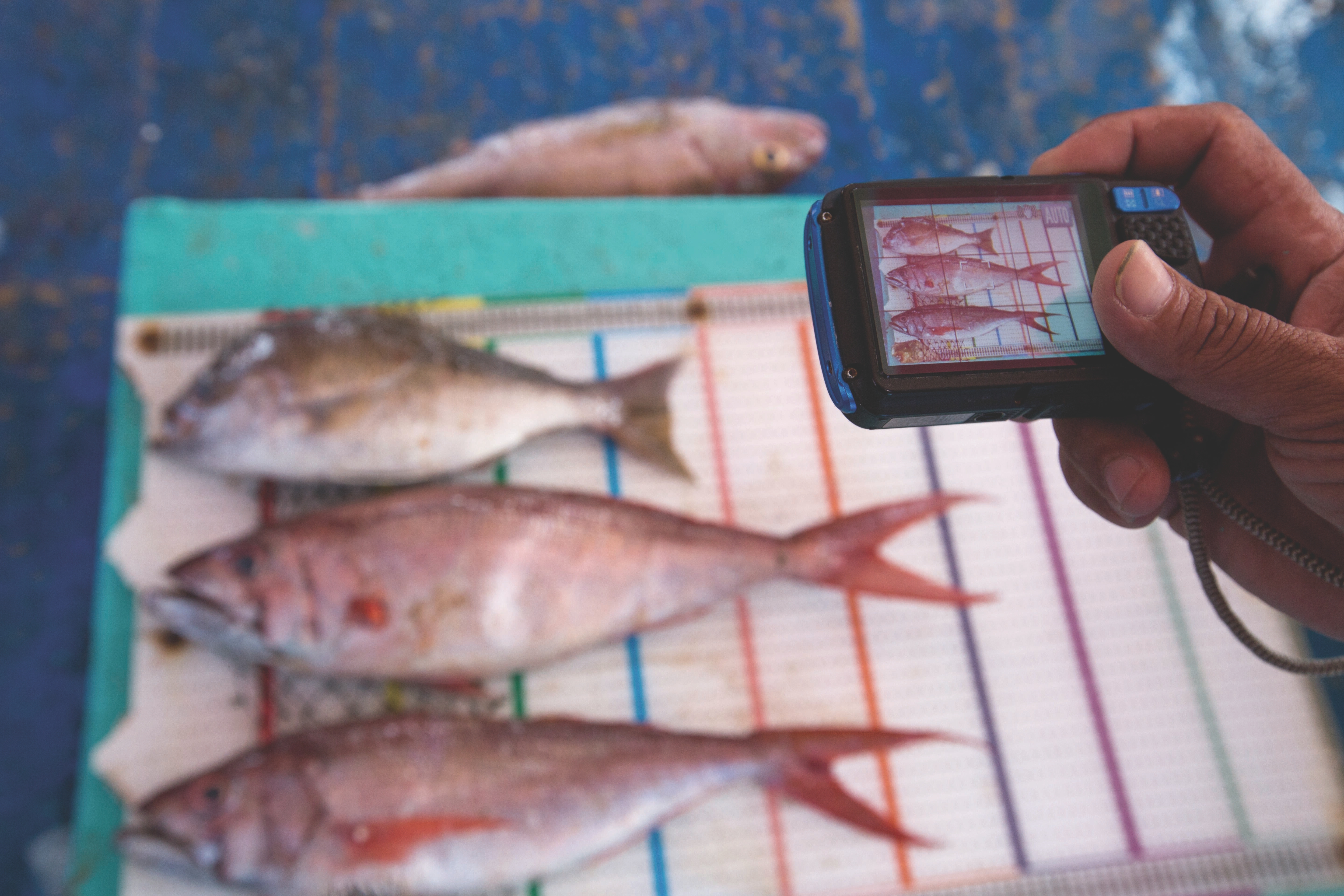
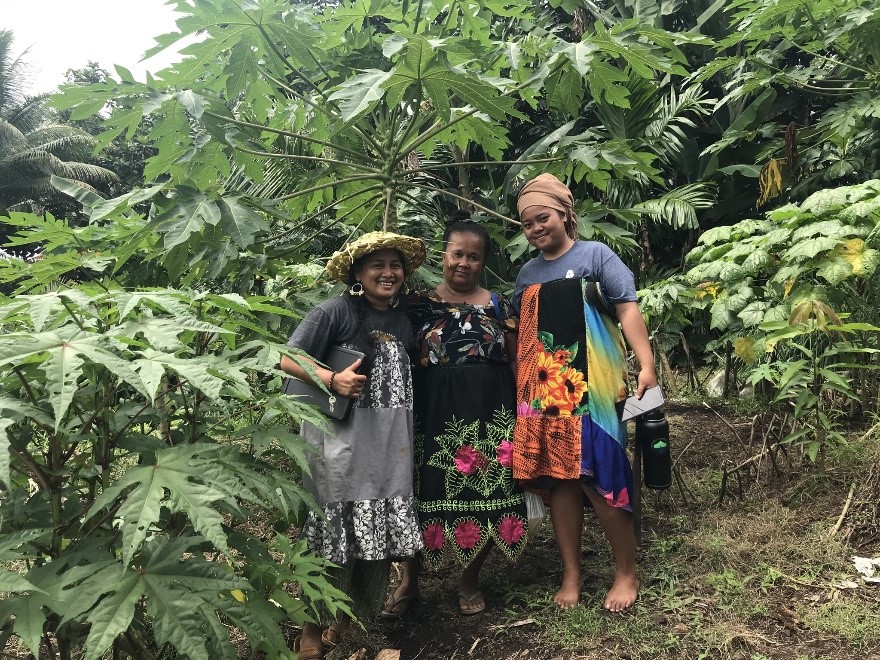
Meet Our Team
TNC staff who reside on these islands understand the critical issues facing both people and nature and seek to amplify the voices of partners who promote traditional and innovative solutions to safeguard biodiversity and livelihoods.
Support A Resilient Pacific
Our team helps communities and governments ensure the future of these incredible islands and coral atolls in the face of climate change. With your help, these island nations can thrive for generations to come.
